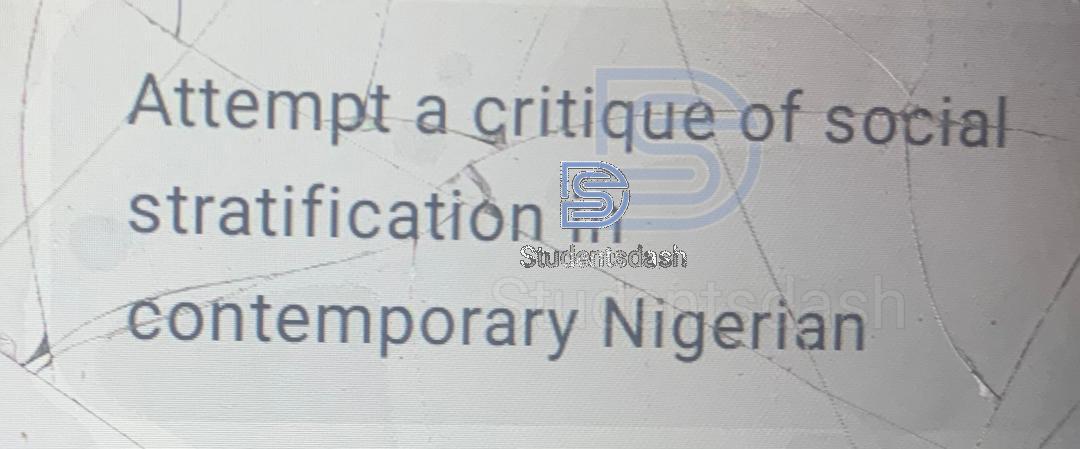PHY 107 Assignment Questions and Answers
Assignment Questions
For Physics Practical,
Explain the following sources of errors.
1.Standard Error
2.Random Error
3.Erratic Error
4.Percentage Error
NAME: [Your Name]
DEPARTMENT: Nursing
COURSE CODE: PHY 107
ASSIGNMENT: Physics Practical
Sources of Errors in Physics Practical
In every scientific experiment, errors are inevitable. These errors can arise due to human limitations, environmental conditions, or even the instruments used in taking measurements. Below are some common sources of errors in physics practicals:
1. Standard Error
Standard error refers to the measure of how much sample measurements deviate from the actual value of the population. In simple terms, it shows how close our repeated measurements are to the true value. It usually occurs in experiments where multiple readings are taken, and it helps to estimate the reliability of the data collected. For example, if we measure the length of an object multiple times using a ruler, the slight variations in the readings can contribute to standard error. This type of error can be minimized by increasing the sample size or using more precise measuring instruments.
2. Random Error
Random errors occur unpredictably and are caused by factors that cannot be completely controlled during an experiment. These errors happen due to things like slight changes in temperature, human reaction time when using a stopwatch, or even fluctuations in electrical voltage in electronic devices. An example is when using a stopwatch to time a reaction, and the recorded values are slightly different each time due to reaction time differences. Since these errors occur randomly, they can be reduced by taking multiple readings and calculating the average.
3. Erratic Error
Erratic errors are errors that do not follow any specific pattern and are often due to human mistakes or equipment malfunctions. Unlike random errors, which are natural variations, erratic errors are usually caused by external disturbances or improper handling of equipment. Examples include misreading the scale of a measuring instrument, recording the wrong values, or sudden changes in environmental conditions (like a gust of wind affecting a pendulum experiment). These errors can be reduced by being extra careful when taking readings and ensuring that instruments are in good condition before use.
4. Percentage Error
Percentage error is a way to determine how much an experimental value deviates from the true or accepted value. It is calculated using the formula:
This error helps in evaluating the accuracy of an experiment. For example, if a student measures the acceleration due to gravity and gets 9.5 m/s² instead of the actual 9.8 m/s², the percentage error can be calculated as:
A lower percentage error means the experiment was more accurate. The best way to reduce percentage error is by using more precise instruments and following correct experimental procedures.
Conclusion
Errors are unavoidable in physics practicals, but understanding their sources helps in minimizing them. By taking multiple readings, handling instruments carefully, and using proper measurement techniques, we can reduce errors and improve the accuracy of our experiments.


Thanks so much